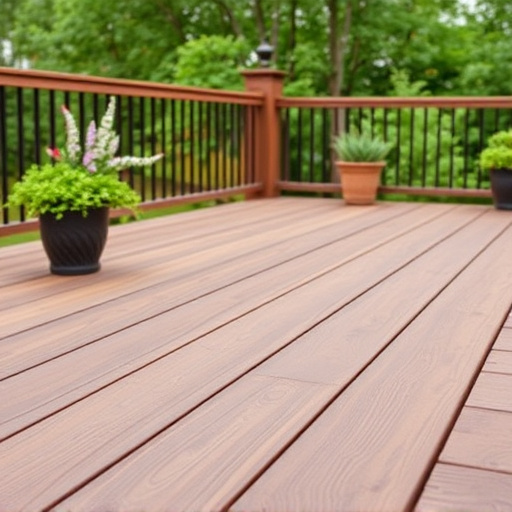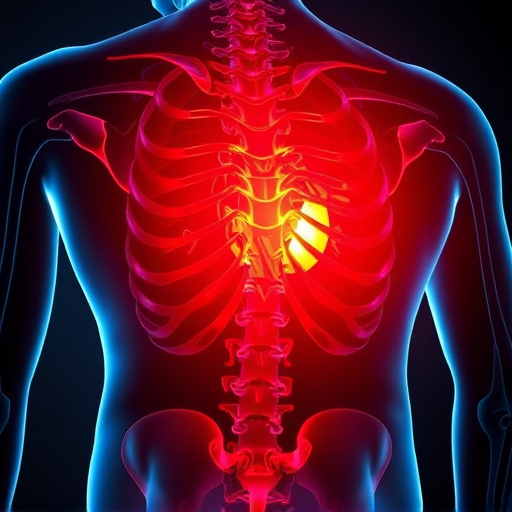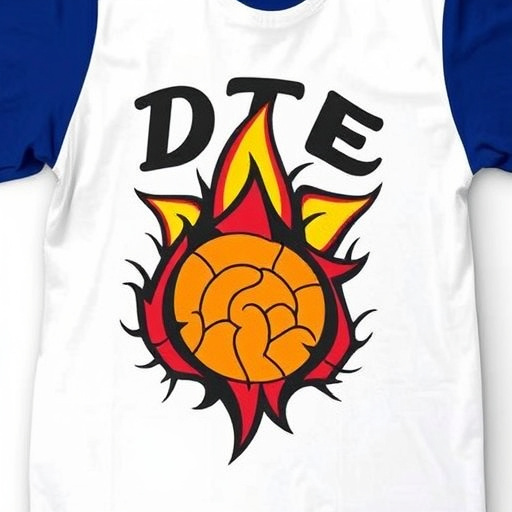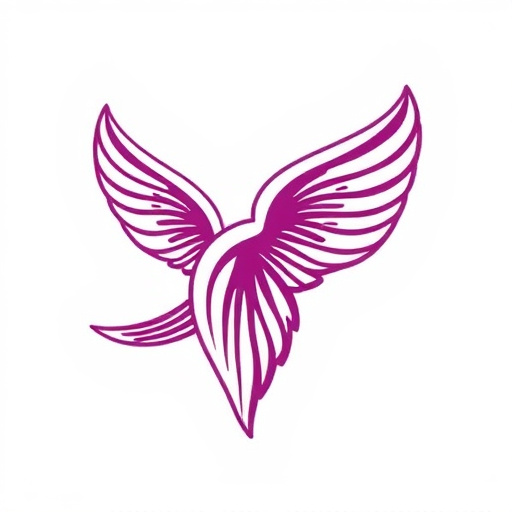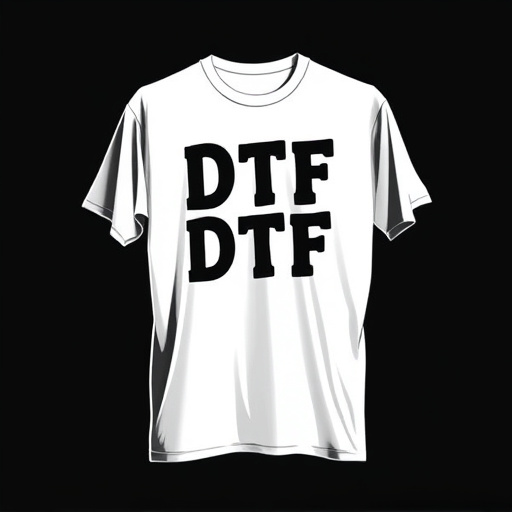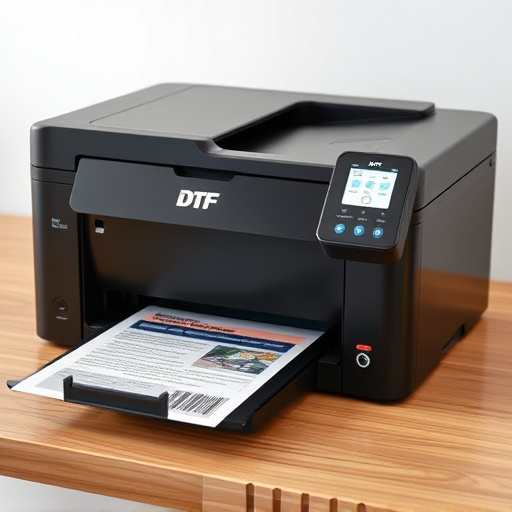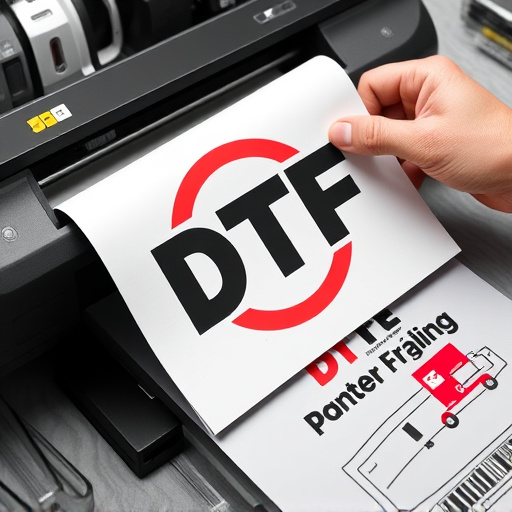DTF (Direct to Fabric) shirt printing transforms custom apparel with vibrant, precise designs on diverse fabrics using a heat press. To optimize efficiency and quality, select a heat press with suitable platen size for various shirt sizes, robust heating elements for consistent temp control, and adjustable pressure settings for optimal ink transfer. Key features include precise temp & pressure controls, interchangeable plate configurations, and material compatibility for different transfers. Easy-to-use flatbed presses are ideal for small businesses, while swing arm presses offer speed, and multi-head presses enable high-volume production. Choosing the right heat press, tailored to specific needs, ensures top-quality DTF shirt printing for individual buyers or large clothing brands.
Looking to master the art of DTF (Direct-To-Fabric) shirt printing? This guide is your starting point. We’ll walk you through the process, unveiling the unique requirements for achieving crisp, vibrant designs on a variety of fabrics. Then, we’ll dive into the essential features to look for when selecting the perfect heat press – the cornerstone of your printing setup. Finally, discover top-rated heat press options tailored specifically for DTF printing, exploring their pros and cons to help you make an informed decision.
- Understanding DTF Shirt Printing and Its Requirements
- Key Features to Consider When Choosing a Heat Press
- Top Heat Press Options for DTF Shirt Printing and Their Pros & Cons
Understanding DTF Shirt Printing and Its Requirements
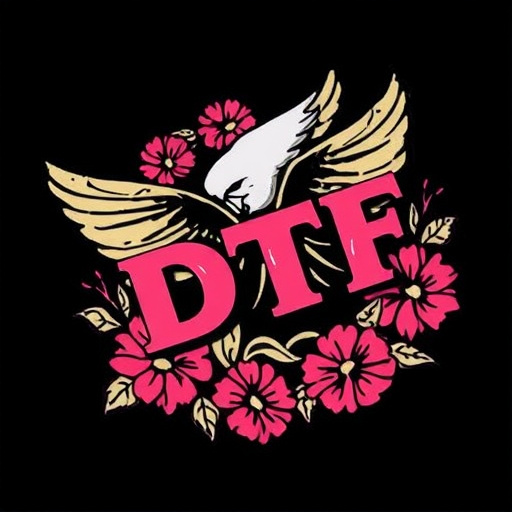
DTF Shirt Printing, or Direct to Fabric Transfer printing, is a cutting-edge method that allows for high-quality, vibrant designs on various fabrics. Unlike traditional printing methods, DTF uses a heat press to transfer ink directly onto the fabric, offering unmatched precision and detail. This process is particularly favored by clothing brands looking to create unique, customizable logos on apparel in bulk.
Understanding the specific requirements of DTF Shirt Printing is key when selecting the right heat press. Factors such as platen size (to accommodate different shirt sizes), heating element performance (for consistent temperature control), and pressure settings (for precise ink transfer) are essential considerations. The right equipment will enable efficient production, ensuring that each printed shirt meets the high standards required for both individual purchases and large-scale orders for clothing brands.
Key Features to Consider When Choosing a Heat Press
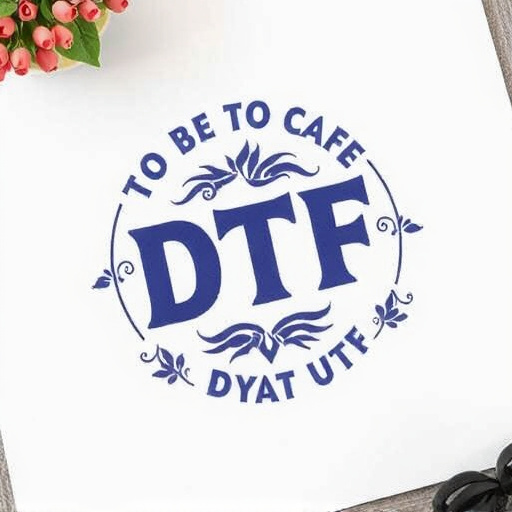
When selecting a heat press for DTF (Direct-to-Fabric) shirt printing, several key features come into play to ensure optimal results and efficiency. Firstly, consider the machine’s pressure and temperature control capabilities. DTF printing requires precise temperature regulation to fuse dtf transfers onto custom t-shirts successfully. Look for models that offer digital controls or precision dials for temperature settings, allowing you to tailor the process for different fabrics and design types. Additionally, adjustable pressure levels are crucial; these ensure that the heat press applies the right amount of force for various materials, from lightweight cotton to thicker blends.
Another vital aspect is the size and plate configuration of the heat press. For custom t-shirt printing businesses, a larger plate will accommodate bigger garments, reducing the time needed to reposition the press for each new design. Some machines also offer interchangeable plates, allowing you to switch between standard and sleeves/hoodies quickly. Moreover, consider the material compatibility; certain presses excel with specific fabrics or materials, so ensuring yours aligns with your primary DTF transfers (like vinyl or poly) is essential. Lastly, a smooth operation and easy-to-read controls will make the printing process more accessible for operators, especially when working with custom sheets for heat pressing designs.
Top Heat Press Options for DTF Shirt Printing and Their Pros & Cons
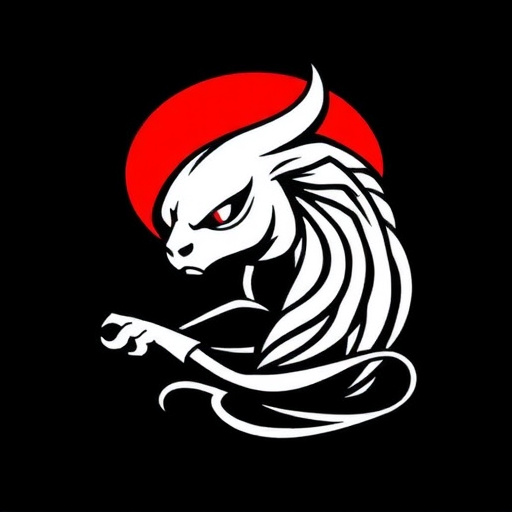
When it comes to DTF (Direct to Garment) shirt printing, choosing the right heat press is pivotal. Top options include the flatbed press, swing arm press, and multi-head press. Each has its strengths and weaknesses.
Flatbed presses offer versatility and are ideal for small businesses or hobbyists due to their ease of use and ability to print on various materials. However, they may have slower printing speeds compared to more advanced models. Swing arm presses excel in speed and efficiency, making them popular among professionals, but their smaller press area limits the size of prints. Multi-head presses stand out for their capacity to print multiple designs simultaneously, perfect for high-volume production runs, yet they require more skill to operate effectively. Understanding these pros and cons will help users select a heat press tailored to their DTF shirt printing needs and scale.
When selecting a heat press for DTF shirt printing, consider your specific needs, budget, and the desired level of precision. Each machine has unique features catering to various skill levels and print volumes. By understanding the key aspects outlined in this article, you can make an informed decision to ensure top-quality prints and streamline your custom T-shirt creation process. Remember, the right heat press is a game-changer for achieving vibrant, indelible designs on shirts with ease.

